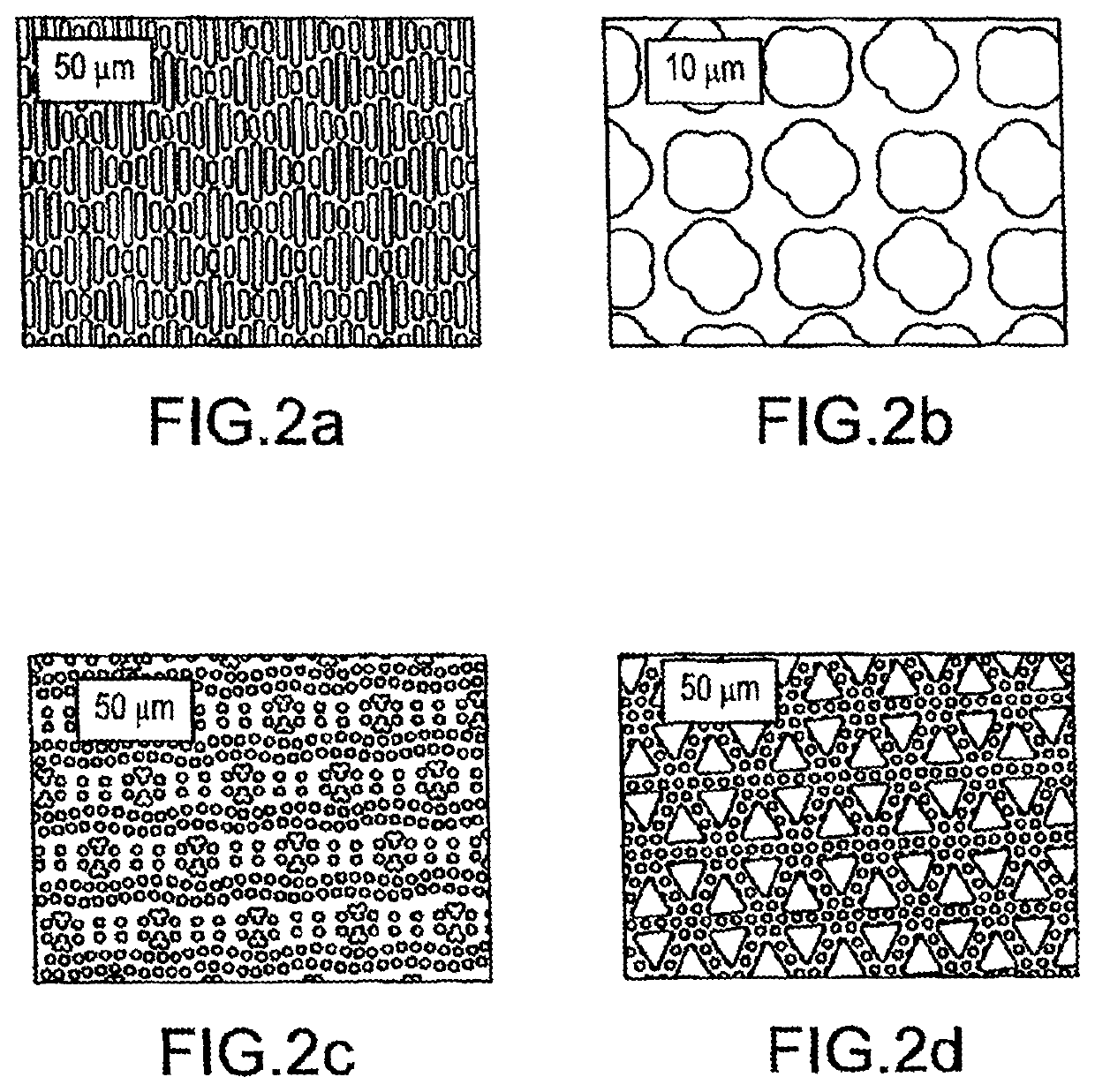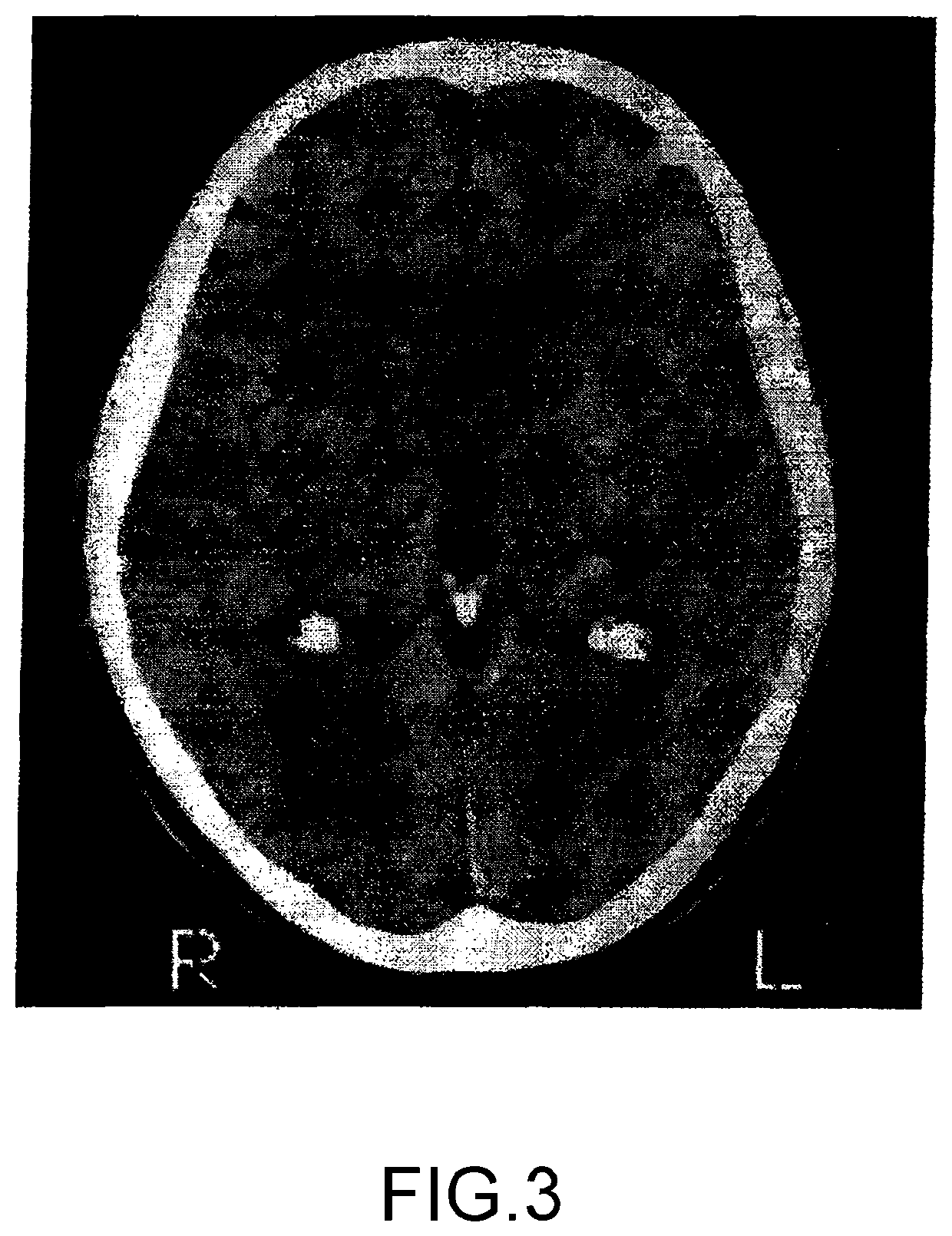Method and system for reducing the likelihood of a porphyromonas gingivalis infection in a human being
a technology of porphyromonas gingivalis and a reduction system, which is applied in the field of reducing the likelihood of a porphyromonas gingivalis infection in a human being, can solve the problems of no treatment for ad that can reverse or slow down the disease progression, and the most expensive condition in the u.s. the effect of the diseas
- Summary
- Abstract
- Description
- Claims
- Application Information
AI Technical Summary
Benefits of technology
Problems solved by technology
Method used
Image
Examples
Embodiment Construction
[0038]FIG. 1 shows a photograph of Dr. Alios Alzheimer for which the disease sought to be treated via the present invention is named after. It is interesting that the prevalence of AD is so recent. Discovered in 1906 as a rarity, AD has now become one of the top health concerns in the world. The rise in AD raises questions as to what present practices are causing its progression. As described herein, while preventative dental health is one way in which to combat AD, the present inventors also believe that the rise of dentistry during the last 100 years has also played a causative role in AD in that it is much more common today for a person to engage in activities where their gums bleed, thus providing a route for various oral microbes to enter the blood stream and cause various diseases, including AD, arteriosclerosis, some types of inflammatory arthritis, etc.
[0039]According to various aspects of the present invention, one critical appreciation relates to the inventors' contention ...
PUM
| Property | Measurement | Unit |
|---|---|---|
| bioadhesive | aaaaa | aaaaa |
| bioluminescent | aaaaa | aaaaa |
| weight | aaaaa | aaaaa |
Abstract
Description
Claims
Application Information
 Login to View More
Login to View More - R&D
- Intellectual Property
- Life Sciences
- Materials
- Tech Scout
- Unparalleled Data Quality
- Higher Quality Content
- 60% Fewer Hallucinations
Browse by: Latest US Patents, China's latest patents, Technical Efficacy Thesaurus, Application Domain, Technology Topic, Popular Technical Reports.
© 2025 PatSnap. All rights reserved.Legal|Privacy policy|Modern Slavery Act Transparency Statement|Sitemap|About US| Contact US: help@patsnap.com



